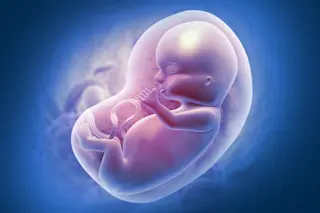In the post yesterday I reported what was generally known about the Horn of Africa, that its populations seem to lie between those of Sub-Saharan African and Eurasia genetically. This is totally reasonable as a function of geography, but there are also suggestions that this is not simply a function of isolation by distance (i.e., populations at position 0.5 on the interval 0.0 to 1.0 would presumably exhibit equal affinities in both directions due to gene flow). For example, you observe the almost total lack of "Bantu" genetic influence on the Semitic and Cushitic populations of the Horn of Africa, and the lack of Eurasian influence in groups to the south and west of the Horn except to some extent the Masai. Tacking horizontally in terms of discipline, over the past few generations there has been a veritable cottage industry making the case for the recent origin of many ethno-linguistic ...
Flavors of Afro-Asiatic
Explore the genetic diversity within Horn of Africa populations, highlighting Cushitic and Semitic influences and their histories.
More on Discover
Stay Curious
SubscribeTo The Magazine
Save up to 40% off the cover price when you subscribe to Discover magazine.
Subscribe












